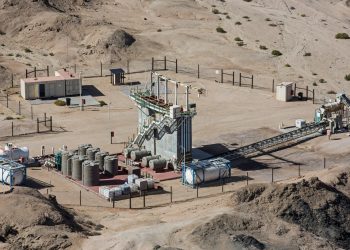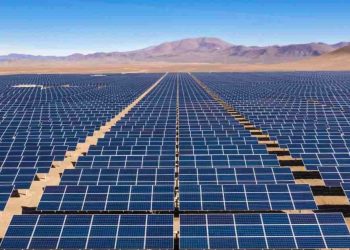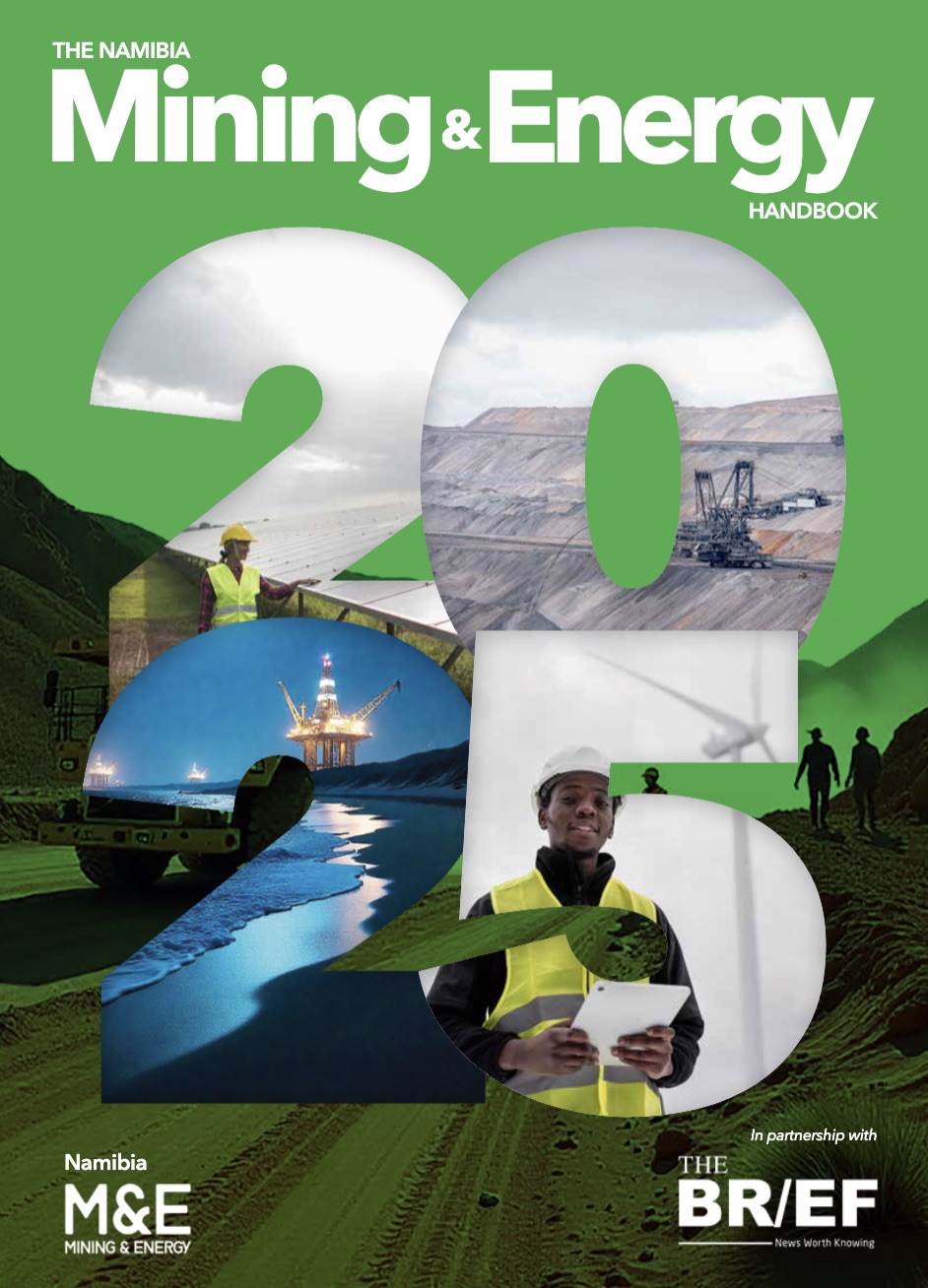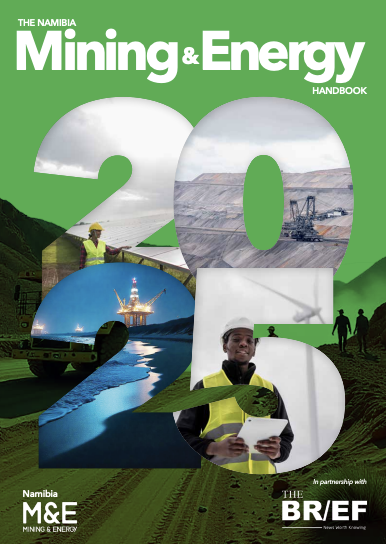
By Kovimariva Mungunda
Unlisted funds—private equity, infrastructure vehicles, and blended finance platforms—operate outside public exchanges.
They’re not tracked on Bloomberg, but they’re building the backbone of Namibia’s energy transition. These funds offer flexibility, long-term vision, and tailored governance, making them ideal for frontier energy markets where listed capital often hesitates.
In 2023, renewable energy became the top unlisted investment category in Africa, attracting 37% of all private equity flows (Ecofin Agency, 2023). This is more than a trend—it’s a structural shift. Unlisted funds are no longer niche; they’re the new normal for energy infrastructure.
Namibia’s Unlisted Champions
Namibia’s unlisted investment ecosystem is quietly maturing. As of March 2024, NAMFISA regulates 21 Special Purpose Vehicles (SPVs) and 31 Unlisted Investment Managers (UIMs). Among them, Mergence Investment Managers Namibia stands out. A majority Namibian-owned firm, Mergence has financed two solar power plants under the REFIT programme and launched the Mergence Real Asset Fund to deepen infrastructure investment (Mergence Investment Managers Namibia, 2024).
Meanwhile, the Government Institutions Pension Fund (GIPF) has pioneered unlisted investment policy since 2008, channeling capital into micro-finance, venture capital, and energy-linked development projects. Their framework balances developmental impact with asset protection, proving that pension capital can be both strategic and secure.
How Unlisted Funds Are Redefining the Energy Portfolio
Unlisted funds are reshaping energy portfolios in four key ways:
De-risking early-stage projects: By blending concessional finance and equity, they unlock bankable deals in solar, hydrogen, and mini-grids.
Localizing procurement: They enable SME participation and local content integration, aligning with Namibia’s policy goals.
Financing beyond the grid: Mini-grids, off-grid solar, and clean cooking solutions are often too small or complex for listed capital—but perfect for unlisted vehicles.
Driving climate resilience: With only 12% of Africa’s climate finance needs met annually (Climate Policy Initiative, 2022),, unlisted funds fill the gap with targeted, scalable solutions.
Case Study: Kenya’s Green Mini-Grids
Kenya’s energy leap was powered by unlisted capital. Through blended finance and private equity, Kenya scaled up mini-grid deployment, attracting 11% of Africa’s unlisted energy investment in 2023 (Africa Energy Portal, 2024). The result? Expanded rural access, reduced fossil dependency, and a replicable model for Namibia’s northern regions.
The Call to Action
Namibia’s energy ambitions—from green hydrogen to regional interconnectivity—require capital that’s patient, strategic, and aligned with national priorities. Unlisted funds offer exactly that. They’re not just financing—they’re engineering transformation.
Namibia’s energy future is being built quietly, strategically, and off-market—by those who see beyond the exchange and invest in transformation itself. The blueprint is ready. What follows is not a transaction—it’s transformation. And it begins now.
*Kovimariva Mungunda is a Investment & Energy Analyst







